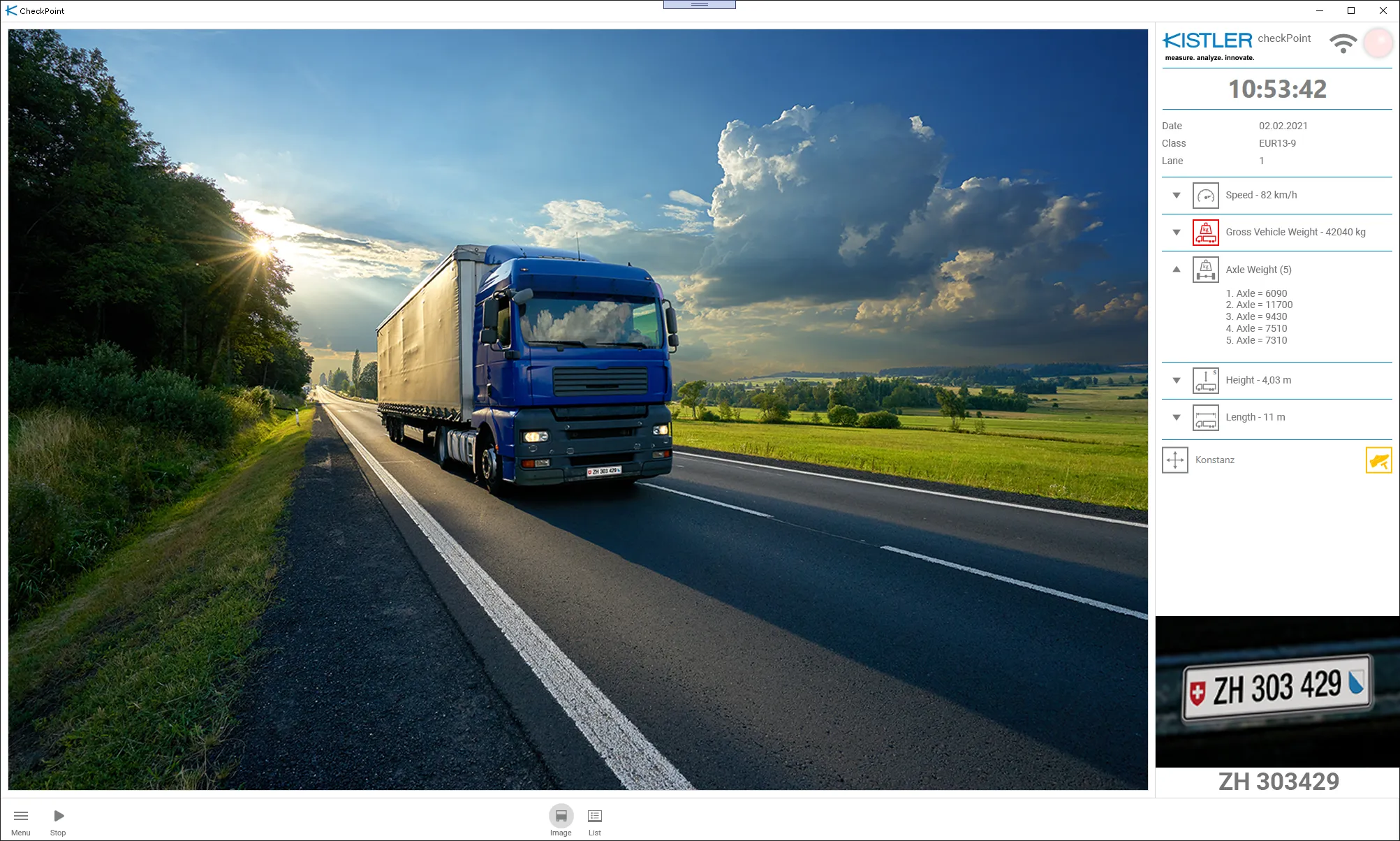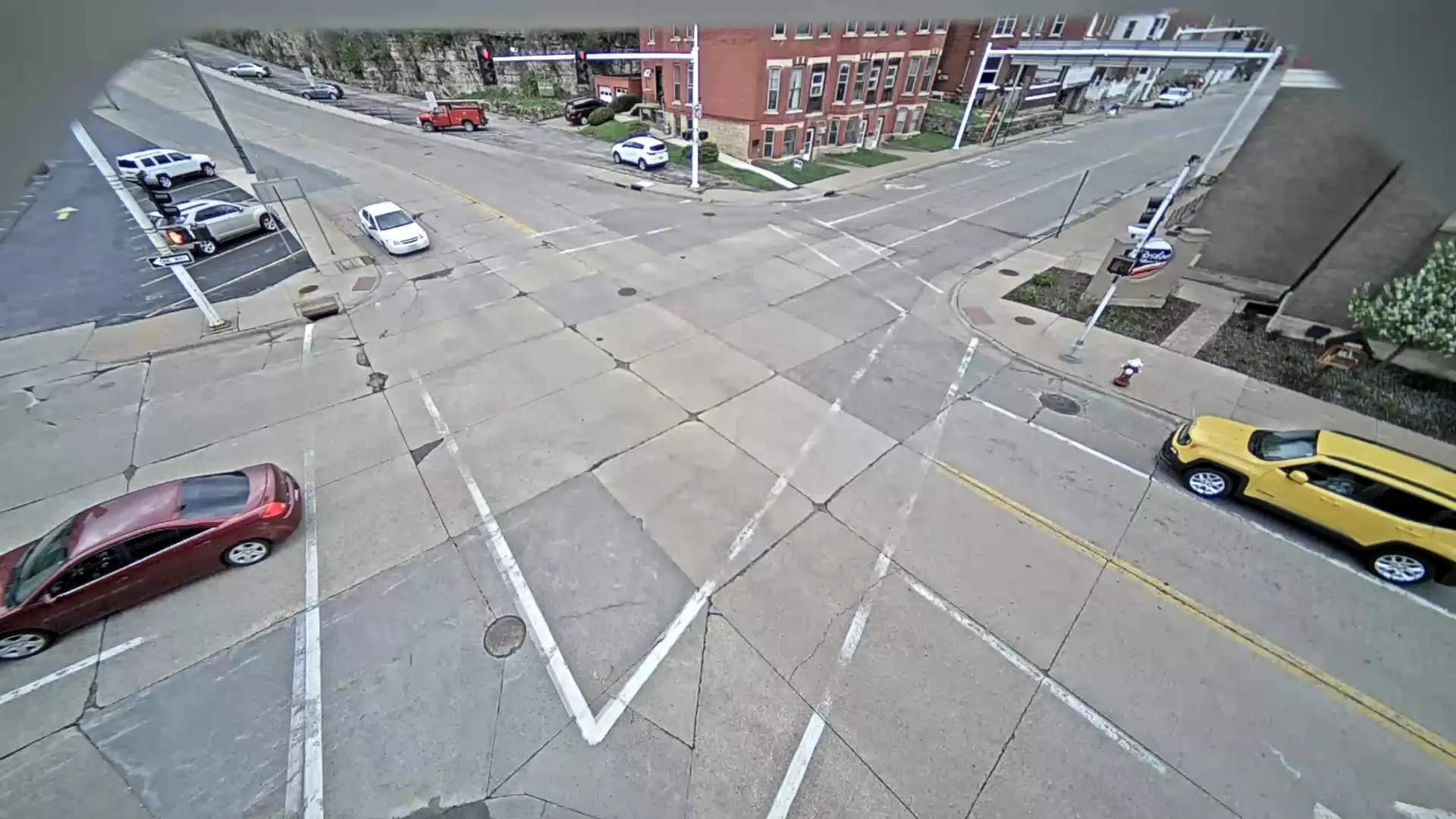
Kistler is offering a Weigh in Motion (WiM) solution which it says helps protect infrastructure, prevent accidents and automate traffic monitoring.
The company describes KiTraffic Plus as a flexible modular solution that can be tailored to each user’s needs for applications ranging from vehicle preselection and bridge protection to direct prosecutions of violations.
It can be extended flexibly by adding functions such as vehicle identification or recording of speeds and vehicle dimensions.
Kistler insists its piezoelectric Lineas quartz sensors capture the weight of trucks at speeds of up to 120 km/h.
Customers can choose from the Lineas, Lineas Compact and Lineas Digital models depending on their individual requirements. As an option, detection of tyre configurations and conditions (single/double and flat tyres) can also be integrated into KiTraffic Plus.
Additional field devices can be integrated to ensure fully comprehensive traffic monitoring with examples including automatic numberplate recognition (ANPR) and overview cameras, speed monitoring, dimension scanners and height detectors.
The Kistler DataMatcher software compiles all the data collected by the installed system to create a vehicle-specific dataset. This real-time process takes place in the control cabinet at the side of the road, close to the operating location.
The dataset is then processed according to customer specifications before it is transmitted to higher-level systems via a machine interface.
KiTraffic Plus includes modules which can be combined, such as integrated speed measurement, camera with ANPR capability for vehicle photos and numberplate recognition and a Lidar dimension scanner to capture a vehicle's width, length and height.
As an optional addition, Kistler offers a graphic user interface for live display of preselection data during spot-check campaigns, or for post-processing of the acquired datasets in the office.









